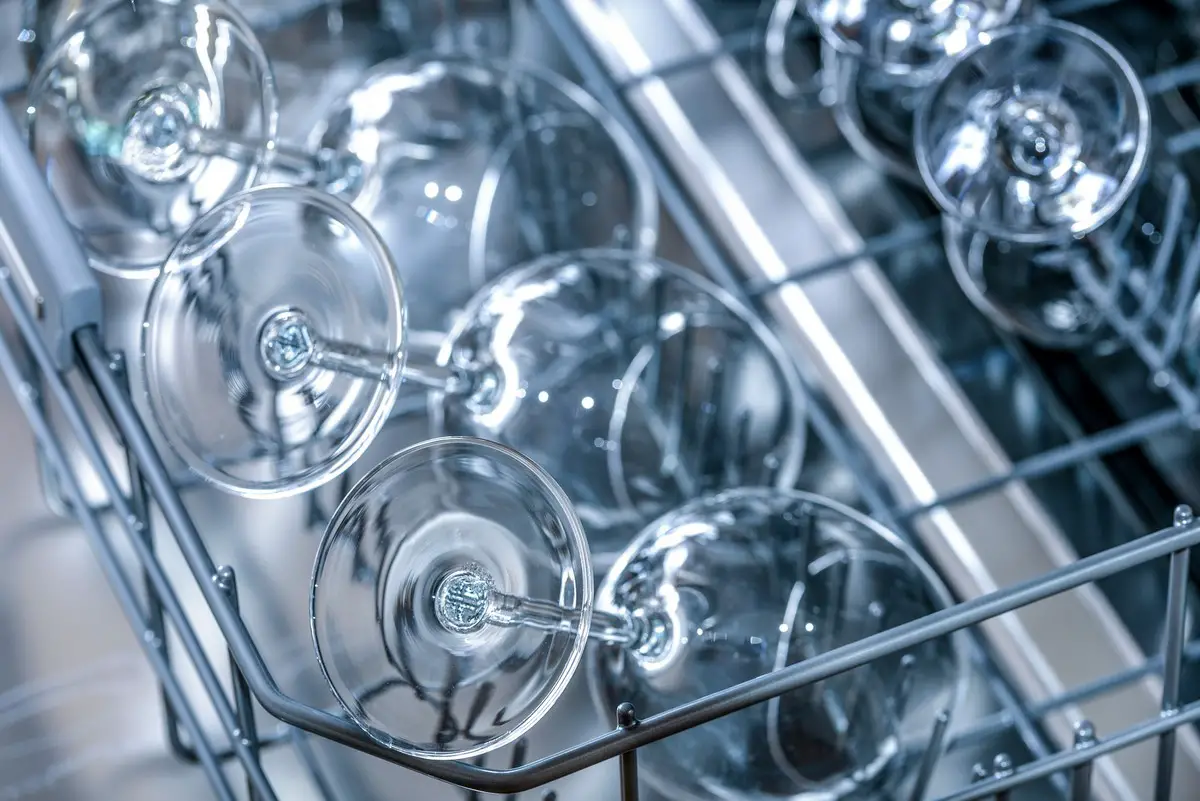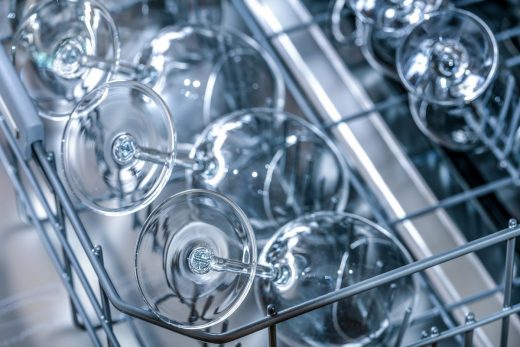How to hook up portable dishwasher to pull-out faucet tips, Online property kitchen appliance advice, Home built-in hose product guide
How to Hook Up a Portable Dishwasher to a Pull-Out Faucet
post updated 19 May 2025
Knowing how to hook up a portable dishwasher to a pull-out retractable faucet (see todayscave.com – offline when checked 27 April 2024) can potentially save you a lot of time and money.
Connecting a portable dishwasher to a pull-down faucet hose is much easier than you think and can be done from the comfort of your home.
Not all homes are equipped with a built-in dishwasher. However, you can easily buy a portable dishwasher and let the portable dishwasher hook up with your pull-out faucet and it will function just as well.
A portable dishwasher requires less space and does not need to be installed permanently in one specific place. This is why it can be a great choice for temporary residents and people with less space in the kitchen.
Therefore, it is certainly worth it for a lot of people to get a portable dishwasher instead of a traditional one.
22 August 2021
How to Hook Up a Portable Dishwasher to a Pull-Out Faucet Guide
Making your portable dishwasher hook up with a pull-out faucet is an easier ordeal than most people think. Here is a step-by-step procedure of hooking up a portable dishwasher to your pull-out faucet:
1.0. Unscrew the Aerator
The aerator will be connected to the sprout of your kitchen’s sink. In order to begin, you must first loosen and unscrew this part from your sink.
You should easily be able to complete this action with your hands. Try holding the faucet spout with one hand and then use your dominating hand to unscrew the aerator. However, if it feels difficult to do with your bare hands, a set of pliers will easily do the job for you.
Now, after you have successfully unscrewed the aerator, make sure to take it out and store it in a separate place. Remember where you kept it as you might be needing it later on.
2.0. Connect the Portable Faucet Aerator and Adapter
Portable dishwashers usually include a special kind of faucet aerator that can be used with these dishwashers. Installing an extended adaptor to your pull out faucet will allow you to use it with the dishwasher.
Locate the threaded region of the faucet spout and screw in the new adapter. If possible, use a powered screwdriver or a ranch to screw the adapter in tightly. It is important to make sure that it is a snug fit or there will always be the possibility of water leakage. Therefore, make sure to check the connection properly and ensure that there are no gaps or looseness.
3.0. Check for Leaks and Other Problems
It is very important that the connection is snug and there are no leaks or gaps in the connection. If you find any loose or misfit connections then try to identify the cause and solve the problem immediately. Consider checking both sides of the spout and the adapter to see if they have appropriate stripping or not.
If any part seems damaged or defective, consult the manufacturers and try to get a replacement. If they do not offer replacements then you will have to buy new parts for yourself. Now, once you have checked all the parts for loose connections and leaks, it is now time to place the portable washer and add the finishing touches.
4.0. Placement of the Dishwasher
Put the dishwasher beside the kitchen sink after finding an even spot for temporary mounting. Locate a storage compartment underneath the sink and remove the water hose from there before you can actually put your dishwasher inside it.
Notice that the dishwasher hose end will have a collar. Make sure to place it under the adapter for the best fit. Then proceed to slowly push the collar ring downwards. As you push the collar ring downwards, make sure you slide it on the faucet aerator properly and carefully.
5.0. Join the Hose and Check the Water Pressure
Now, after the special aerator has been fitted, it is finally time to connect the hose to the dishwasher. Pull out the hose that is attached to your sink and connect it to the special faucet adapter of your portable dishwasher. While you’re at it, always make sure to keep the collar on the end of the hose and below the faucet. It is important to ensure that there is no leakage and the connection is snug and tight.
Now check the water pressure by turning on the hot water. If there are any leaks or any sort of blockage in water, the collar will point out the problem.
Now following these steps, you would have finally connected your dishwasher to your pull-out sink faucet.
Differences between Portable and Countertop Dishwasher
Portable dishwashers and countertop dishwashers are both temporarily connected to your sink. However, there are a few major differences between them. The major differences between them are given below:
1.0. Size
Countertop dishwashers are much smaller in comparison to portable dishwashers. Larger utensils won’t fit in countertop dishwashers and you will have to perform multiple cycles of washing to clean all your dishes. Portable dishwashers can carry just as much load as regular dishwashers and can wash almost any utensil.
2.0. Placement
Countertop dishwashers are usually placed on top of sinks and counters and used that way while portable dishwashers are usually on wheels and can be placed anywhere you want.
3.0. Water Usage
Countertop dishwashers usually use a lot less water compared to portable ones. Portable dishwashers are larger in size and therefore need a lot more water to function.
Pros and Cons
Countertop Dishwasher:
Pros:
- Requires less space.
- Uses less water.
Cons:
- Less space inside.
- Not Capable of cleaning large utensils.
Portable Dishwasher:
Pros:
- Can wash larger loads.
- Has more space.
Cons:
- Requires a lot of water.
- Needs more space in the kitchen.
Water Using Capacity OF Portable Dishwasher
Portable dishwashers usually use just as much water as built-in dishwashers do. You will be surprised by the amount of water that a dishwasher can run through on repeated use. A portable dishwasher will need around 3 gallons or 11 liters of water per load!
However, this is very little in comparison to hand washing. Because not only is washing with your hands taxing on your body and time-consuming, it also consumes a lot of water! The average water consumption of washing dishes with your hands is around 27 liters of water. Therefore, despite consuming a good amount of water, portable dishwashers are still a lot more efficient than washing with your hands.
FAQs
How to Set Up a Portable Dishwasher?
Setting up a portable dishwasher is very simple. All you have to do is remove the aerator and connect the special adapter that comes with your washer. Then place the dishwasher anywhere you want and turn on the water supply. Connect the dishwasher to any outlet and it will be ready to use!
How Noisy Is A Portable Dishwasher?
Noise levels are a matter of preference. Different people have different noise tolerance levels. Portable dishwashers usually have a noise level of 63-66 dBA. However, quieter ones can go as low as 55 dBA, which is similar to the noise level of microwaves. This is usually not considered loud but can be considered unpleasant by some people.
How to hook up portable dishwasher to pull-out faucet Conclusion
The kitchen space is valuable. Therefore smaller washers are always more preferred compared to larger ones. Having the option of your portable dishwasher hookup to sink is an attractive idea for many people. Pull out faucet hose adapter can be used to connect your faucet to the portable dishwasher. A portable dishwasher adapter for pull-out faucets will usually come included with this adapter.
By following the instructions in this article, you too will be able to attach and use a portable dishwasher at home all by yourself. Getting a built-in dishwasher will require you to get a plumber, reconstruct parts of your kitchen, and will cost you a lot of money.
But portable dishwashers will allow you to connect and disconnect to your dishwasher anytime and you can do it yourself! Not only that, but you can also store them anywhere you want when your dishwasher is not in use. Therefore, getting the suitable faucet for portable dishwasher is actually a good option for a lot of people.
Comments on this guide to How to hook up portable dishwasher to pull-out faucet article are welcome.
Home Dishwashers
Kitchen Dishwasher Posts
How do I choose a good dishwasher
How to make your dishwasher run better
Top budget dishwashers to make your life easier
Kitchen Appliance
Home Kitchen Appliance Posts
How to extend life of your home appliances
The best kitchen appliances for healthy cooking
Kitchen appliances you should buy
Building Articles
New Homes
Design: Efficiency Lab for Architecture

photograph : Josh Johnson
Telluride Glass House
Comments / photos for the How to hook up portable dishwasher to pull-out faucet tips page welcome






